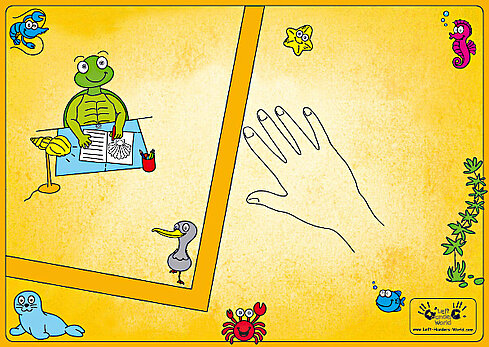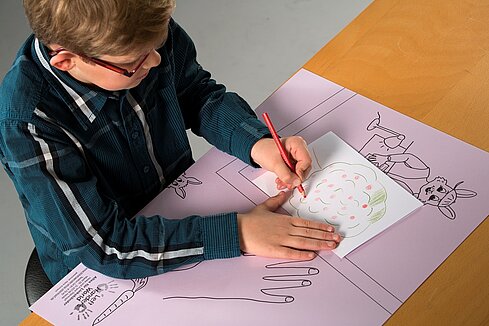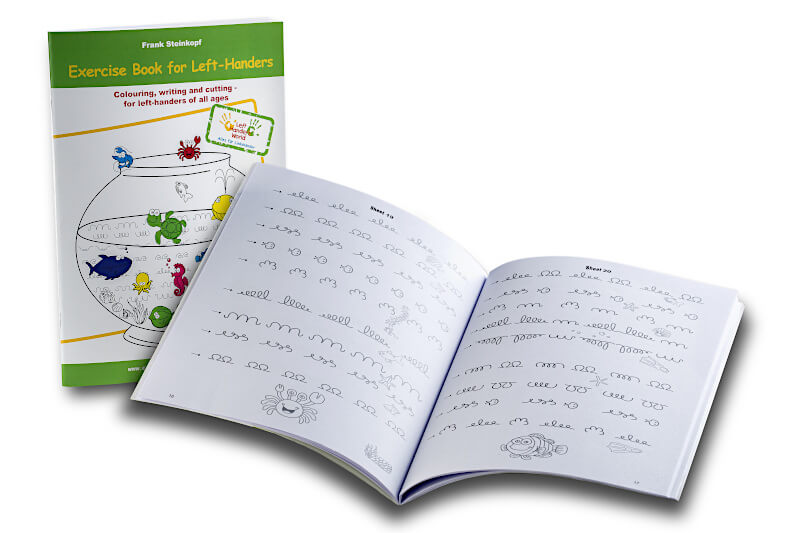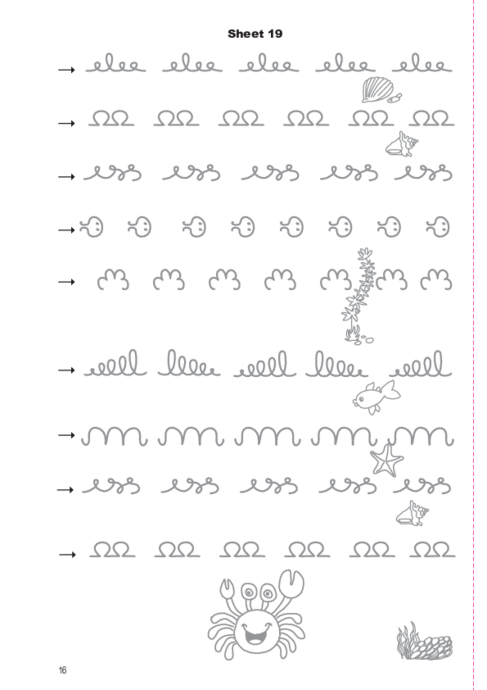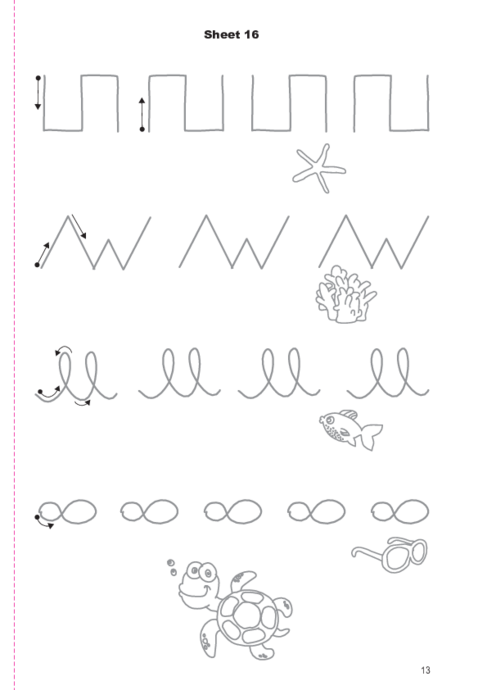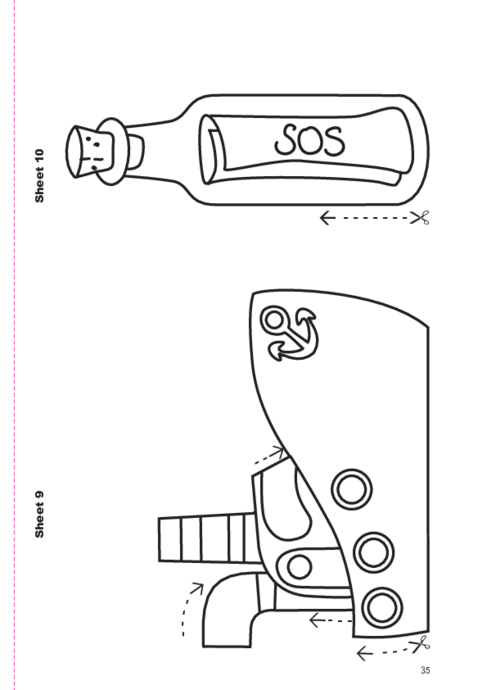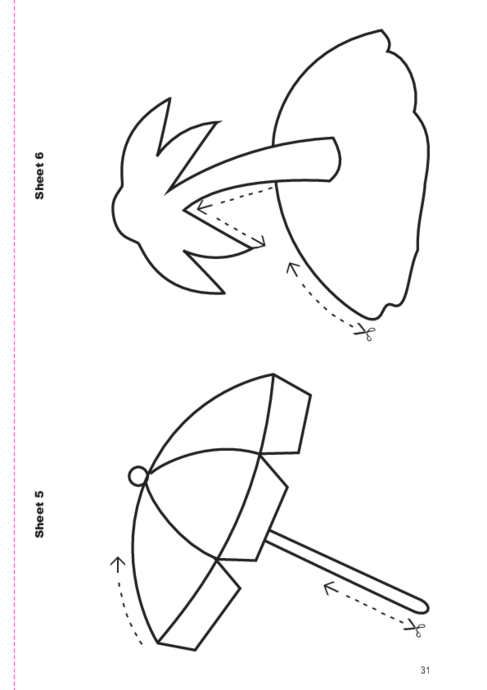Exercise book for left handers
Colouring, writing and cutting – for left-handers of all ages
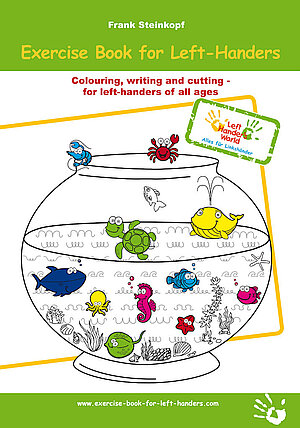
Video explaining the Exercise Book for Left-Handers
Left-handers – learning from children
Activate the English subtitle in the settings.
Foreword by Frank Steinkopf
Dear Readers,
Allow me to congratulate you on your new exercise book! What makes this book so valuable, and why are you right to place your trust in it? This book is founded on the wealth of experience I have gained during my long career as a left-handedness coach, and will empower your left-handed child – or you yourself – to take some important steps forward.
Left-handers often stand out due to their awkward writing posture. Their forearm and hand bend round to form the so-called “hook position”, with their entire upper body twisting and contorting in some cases. Left-handers are therefore usually very tense when they write. Perhaps this makes you think “Thank goodness I’m not left-handed!” But how do you imagine they adopt such an uncomfortable posture in the first place? It comes as a result of them not being taught how to draw and write properly. The situation is similar in the case of scissors: Many little left-handers neither learn nor practise how to cut properly. They simply pick up a pair of right-handed scissors and struggle on. But there is another way!…
…An increasing number of older children and adults are retraining to write left-handed. Many converted left-handers are still only identified at a late stage, even though awareness of handedness conversion is increasing. This exercise book is an ideal companion for anyone who wishes to retrain to use the naturally stronger left side of their body…
…I have helped people of all ages switch back to their naturally stronger left side – from 3-year-olds to 70-year-olds.
Kind regards,
Frank Steinkopf
Heide, February 2018
Examples of pages in the exercise book
Contents
- Foreword 4
- Chapter 1: Warm-up exercises 5
- Chapter 2: Tracing exercises 19
- Chapter 3: Combinations 20
- Chapter 4: Colouring in and cutting out 25
- Chapter 5: Drawing mirror images 37
- Story: Molly the Crab goes on a big adventure 41
- Find the left-handers (picture puzzles) 44
- Progress chart 47
- Notes on this exercise book for left-handers 48
- Therapeutic services for left-handers 50
- Products for left-handers and educational applications 51
- Literature: Happy to be Left-Handed 52

About the author
Frank Steinkopf was born in 1961, and is himself left-handed. After gaining his teaching degree, he spent 10 years as a PE teacher at a number of different state schools. He has run an educational therapy practice and advice centre for left-handers since 1995.
Frank assists parents in identifying and actively nurturing left-handedness in their children. He also helps adult converted left-handers enhance their quality of life by retraining to use their naturally stronger left side.
Questions to left-handedness coach Frank Steinkopf
Why is this book important?
Every left-hander needs to learn to draw, cut and write properly. By helping them do so, you not only enhance the health and well-being of your left-hander, but also introduce them to the joys of drawing, writing and handicrafts. This exercise book promotes these important techniques by motivating left-handers, holding their attention and putting a smile on their face.
When do little left-handers need to learn how to cut and hold their pen properly?
No later than pre-school. Some are even ready when they are just one or two years old. It never ceases to amaze me how quickly and easily children learn.
Can the unhealthy “hook position” be corrected?
It is possible to learn to write with a healthy posture at any age. And the feedback I receive shows that it is well worth it!
Colouring, writing and cutting – for left-handers of all ages
Weight: 180 g | Height: 29.6 cm | Width: 21.0 cm | ISBN: 978-3-948352-04-2
Examples of completed exercises
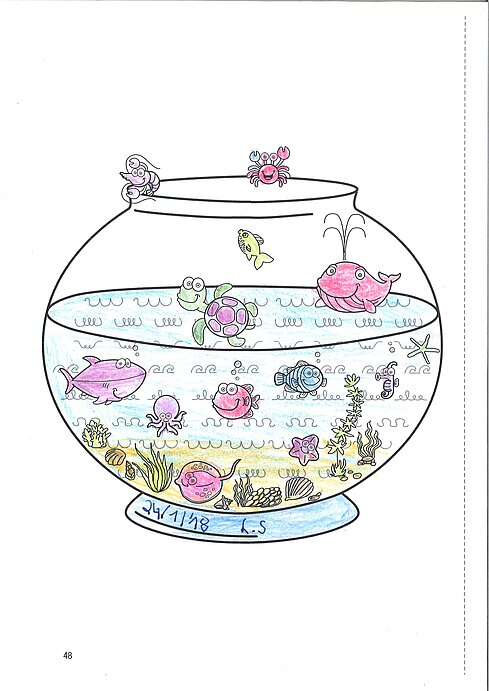
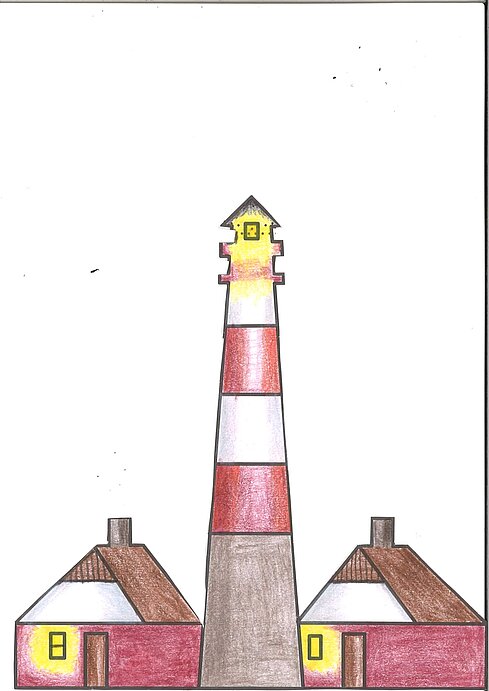
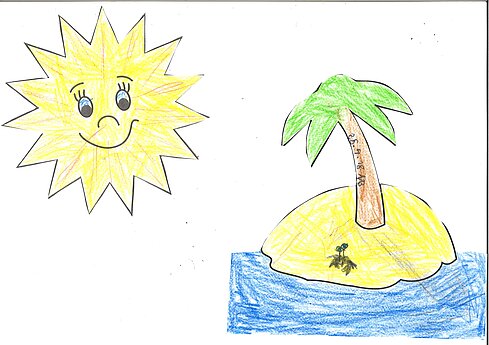
Molly the Crab goes on a big adventure
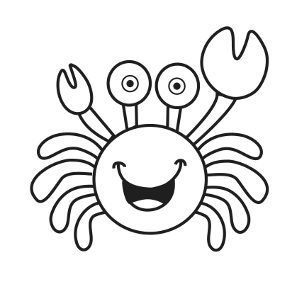
This is Molly. Molly lives on the rocky island of Helgoland in the middle of the North Sea. A new day has begun, and Molly gets a surprise when she opens her big eyes for the first time. The sun is already high in the sky – she must have overslept! The screeching of the birds seems particularly loud to her today, and her head hurts for some reason. Molly slept terribly last night. But why?
Before she tries to answer that question, Molly crawls out of her little gap in the rocks and down into the cooling water. Her head starts to feel a bit better straight away. She scuttles into the protection of the long sea grass and starts to think.
Why on earth has she got this headache? Then she remembers: Yesterday, she had a play fight with her friend Wally, another crab. The aim of the game, which is very popular among crabs, is to push your opponent away. The one who manages it first is the winner – and Wally won! He simply pushed Molly aside using his powerful right claw. Molly was really annoyed. Molly has noticed that she has a big left claw and a slightly smaller right claw. Her big left claw is the one she uses to break things open with. She can even open big mussels with it. Molly is a left-clawed crab. Her smaller right claw is the one she uses to carry out more delicate tasks, for example skewering food and putting it in her mouth. Wally, on the other hand, has a larger right claw and is therefore right-clawed.
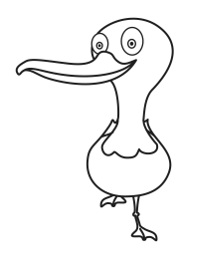
Molly stayed up all night worrying about her defeat in the play fight. That is probably how she got her headache. But there is something else she still doesn’t understand: Did Wally win because his right claw is his stronger claw? Or is he just stronger? Molly is unable to work it out on her own, so she decides to talk to some other people about it. And what better place to do that than at her favourite sandy beach on a nearby island!
Molly sets off. After a while, she climbs out of the water to make sure she is going in the right direction. As she emerges, she spots Lola the black-headed gull in her summer plumage. She can tell Lola is sleeping, because she has her dark brown head under her wing and is standing on one leg. Molly calls over to her: “Good morning Lola! Are your claws different sizes? No, wait a minute, you have wings! What about them, are they different sizes?” Lola raises her head and shakes her wine-red beak from side to side. She pauses for thought, then responds:…
Healthy writing technique for left-handers
It is possible to learn to write with a healthy posture at any age. The Exercise Book for Left-Handers boosts enjoyment of drawing, writing and arts and crafts. A range of specially designed desk pads for left-handers – for example the “Molly the Crab” pad and various “Rabbit Family” pads – are available to buy from our shop.
